Throughout automotive history, certain truck designs have made a significant impact on the industry, transforming how we perceive functionality, style, and innovation. From the early 20th century to the present day, these trucks have set benchmarks, influencing future designs and catering to the evolving needs of consumers.
The Ford Model TT (1917)

The Ford Model TT, introduced in 1917, was a groundbreaking design that marked Ford’s first venture into the truck market. Built on the successful Model T car chassis, the Model TT offered a stronger frame and a heavy-duty rear axle, capable of handling a payload of up to one ton. This design set the stage for future trucks by demonstrating that vehicles could be both practical and reliable for commercial use.
The Model TT was a crucial development in the automotive world, as it laid the foundation for the modern pickup truck. Its affordability and durability made it a popular choice among farmers and businesses, cementing Ford’s reputation as a leader in automotive innovation.
The Chevrolet Advance Design Series (1947)

Chevrolet’s Advance Design Series, launched in 1947, represented a major shift in truck aesthetics and functionality. These trucks featured a larger cab, increased visibility, and a more comfortable ride compared to their predecessors. The design emphasized style and comfort, appealing to a broader market that included both businesses and individuals seeking personal vehicles.
This series was the first major redesign post-World War II, reflecting the booming post-war economy. The Advance Design trucks were well-received for their robust construction and were a common sight on American roads, further establishing Chevrolet as a formidable competitor in the truck market.
The Ford F-Series (1948)

In 1948, Ford introduced the F-Series, a line of trucks that would become one of the best-selling vehicle series in history. The first generation, known as the “Bonus-Built” trucks, offered increased size, power, and versatility. This series introduced a range of models, each tailored to specific consumer needs, from the half-ton F-1 to the heavy-duty F-8.
The F-Series was significant not only for its performance but also for its adaptability. Ford’s commitment to continuous improvement and innovation helped the F-Series evolve over the decades, maintaining its position as a leader in the truck industry.
The Jeep Wagoneer (1963)

The Jeep Wagoneer, debuting in 1963, was a pioneer in the SUV market, blending the ruggedness of a truck with the comfort of a passenger car. It introduced features like independent front suspension and automatic transmission, which were novel for utility vehicles at the time.
As one of the first luxury SUVs, the Wagoneer set a new standard for family-friendly vehicles, influencing the design of future SUVs. Its long production run and enduring popularity underscore its impact on the evolution of both trucks and sport utility vehicles.
The Dodge Ram Revolution (1994)
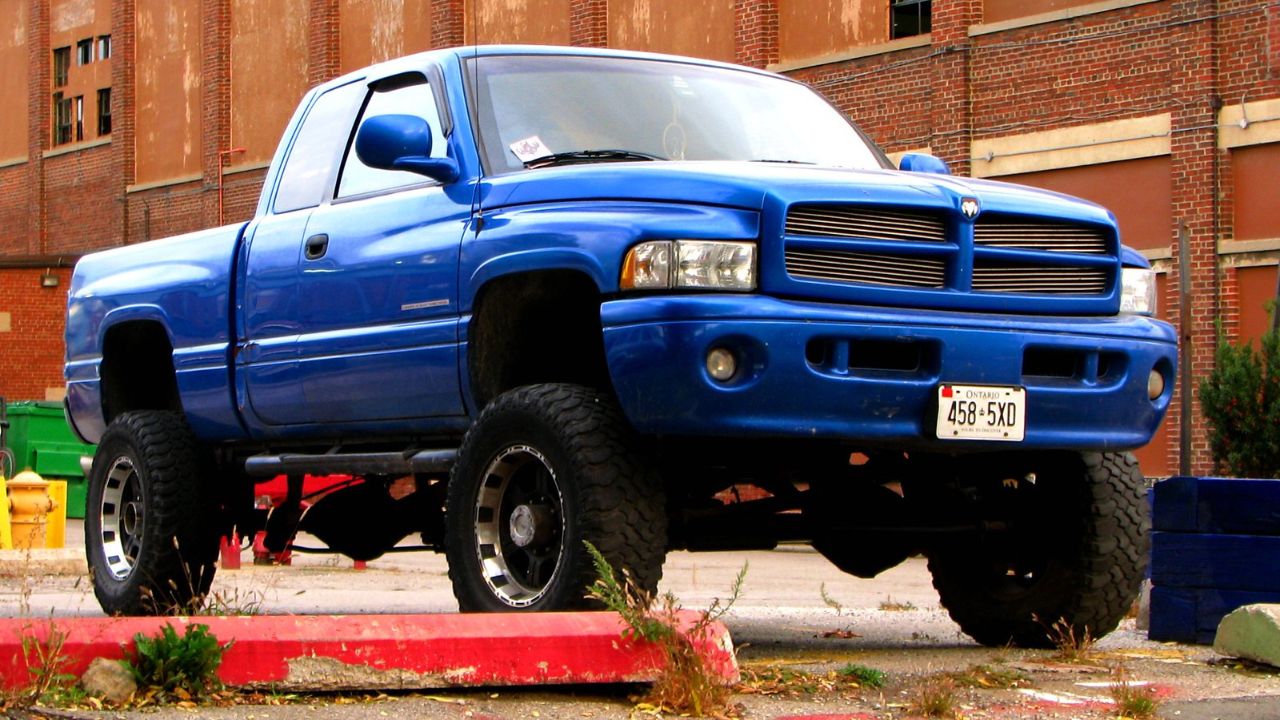
The 1994 Dodge Ram marked a revolution in truck design with its bold, aggressive styling and aerodynamic features. The “big rig” look, characterized by a raised hood and prominent grille, was a departure from traditional truck designs and resonated with consumers looking for a more assertive presence on the road.
This redesign was not just about aesthetics; it also included practical improvements such as increased interior space and enhanced performance. The success of the 1994 Ram proved that design innovation could significantly boost sales and reshape consumer expectations.
The Toyota Tacoma (1995)

Launched in 1995, the Toyota Tacoma redefined the compact pickup segment with its blend of durability, reliability, and off-road capability. It quickly became a favorite among outdoor enthusiasts and those seeking a versatile, dependable truck for both work and play.
The Tacoma’s success was attributed to its robust construction and advanced engineering, which delivered excellent performance on and off the road. Toyota’s commitment to quality helped the Tacoma establish a loyal customer base and set new standards for compact trucks.
The Ford Super Duty Line (1999)

Ford’s introduction of the Super Duty line in 1999 marked a significant advancement in heavy-duty truck capabilities. Built to handle demanding workloads, the Super Duty trucks featured stronger frames, more powerful engines, and enhanced towing and payload capacities.
The Super Duty’s rugged design and engineering excellence met the needs of commercial users and heavy-duty enthusiasts alike. Its introduction reinforced Ford’s leadership in the truck market, providing a template for future heavy-duty truck designs.
The Honda Ridgeline (2006)

The Honda Ridgeline, introduced in 2006, challenged conventional truck design with its unibody construction and integrated bed design. Unlike traditional body-on-frame trucks, the Ridgeline offered a smoother ride and car-like handling, appealing to those who valued comfort without sacrificing utility.
Its innovative features, such as the in-bed trunk and dual-action tailgate, highlighted Honda’s focus on practicality and functionality. The Ridgeline’s unique approach expanded the definition of what a pickup truck could be, attracting a diverse range of customers.
The Tesla Cybertruck (2019)

The Tesla Cybertruck, unveiled in 2019, brought a futuristic and unconventional design to the truck world. With its angular, stainless-steel exoskeleton and bulletproof glass, the Cybertruck was designed to stand out and challenge traditional truck norms.
Beyond its striking appearance, the Cybertruck promised impressive performance with electric powertrains delivering rapid acceleration and substantial towing capacity. Tesla’s entry into the truck market signaled a shift toward sustainable, high-performance vehicles, sparking conversations about the future of automotive design.
The Rivian R1T (2021)
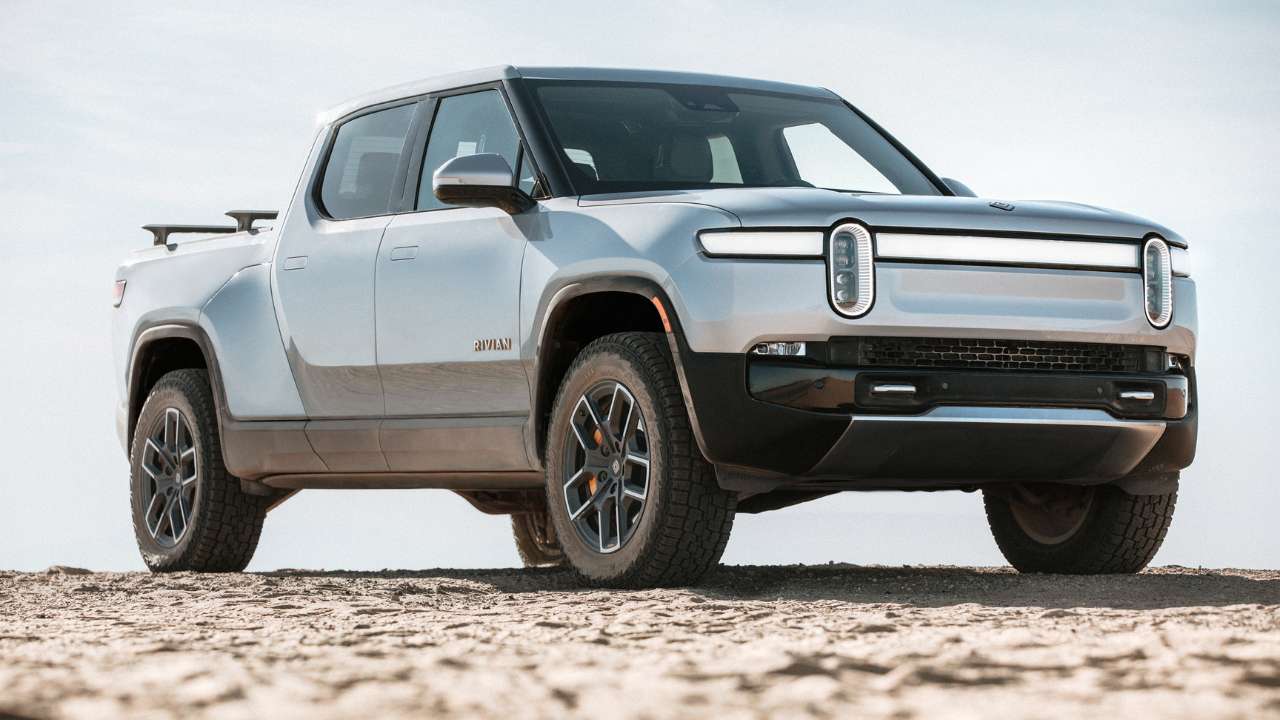
In 2021, the Rivian R1T made headlines as one of the first all-electric pickup trucks to hit the market. The R1T combined off-road capability with cutting-edge technology, featuring a quad-motor system for superior handling and a spacious, tech-laden interior.
Rivian’s focus on adventure and sustainability resonated with environmentally-conscious consumers and outdoor enthusiasts. The R1T’s arrival marked a pivotal moment for electric vehicles, demonstrating that electric trucks could offer both eco-friendliness and rugged performance.
Like Fast Lane Only’s content? Be sure to follow us.
Here’s more from us:
*Created with AI assistance and editor review.

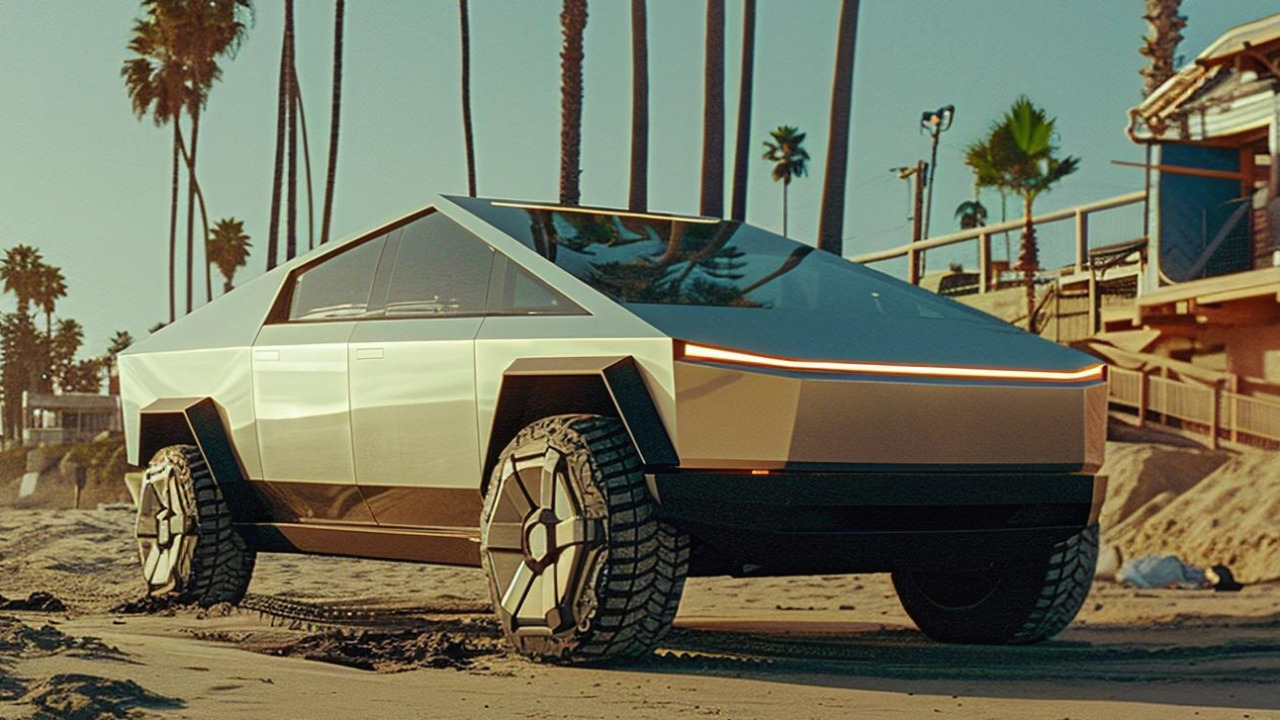
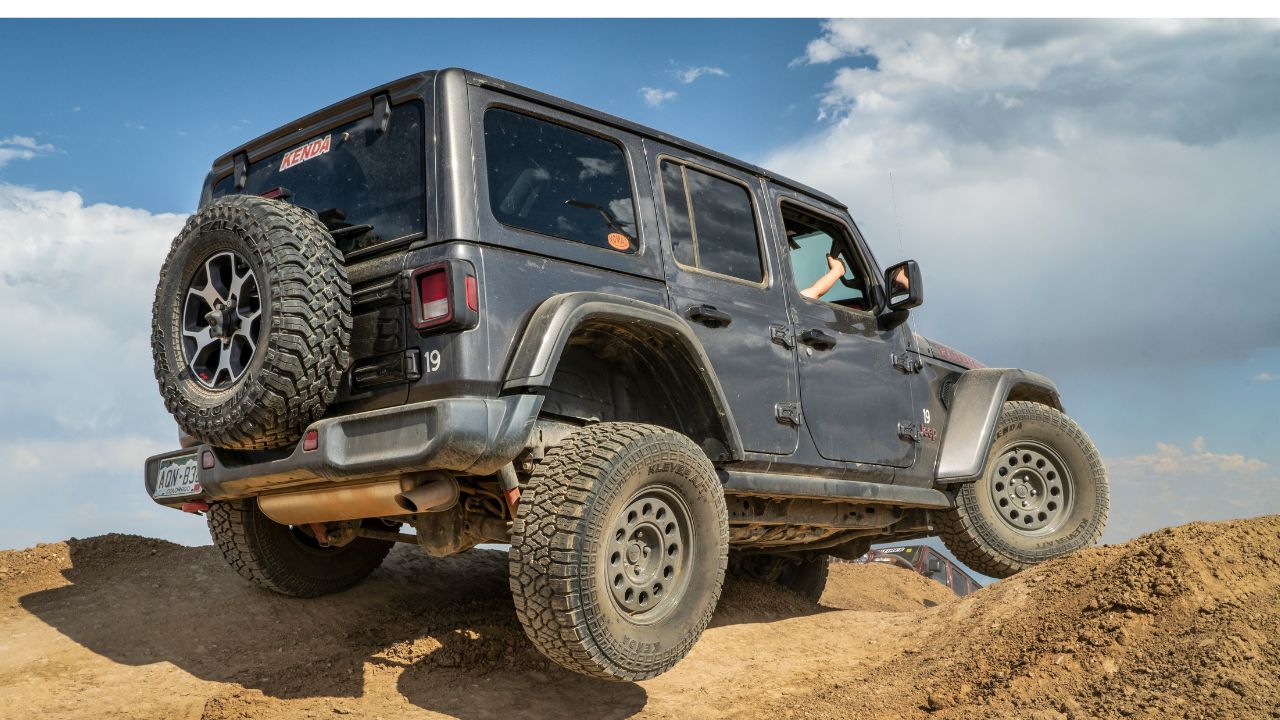
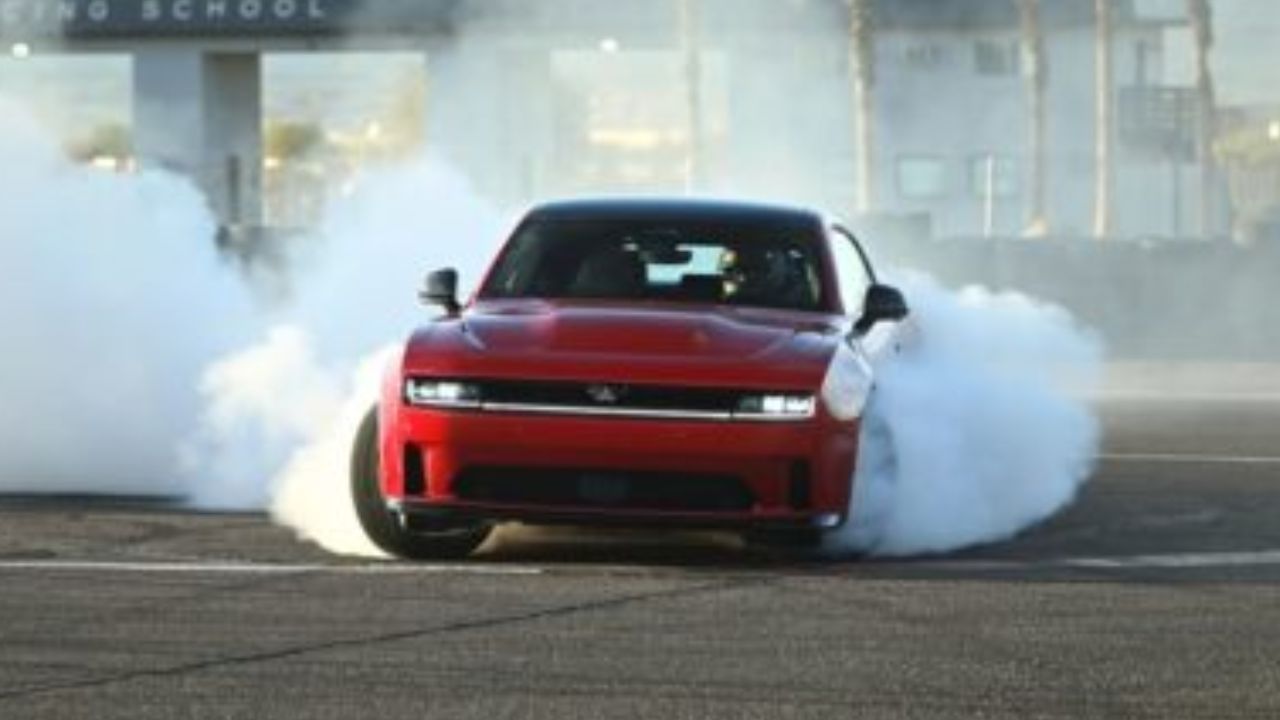

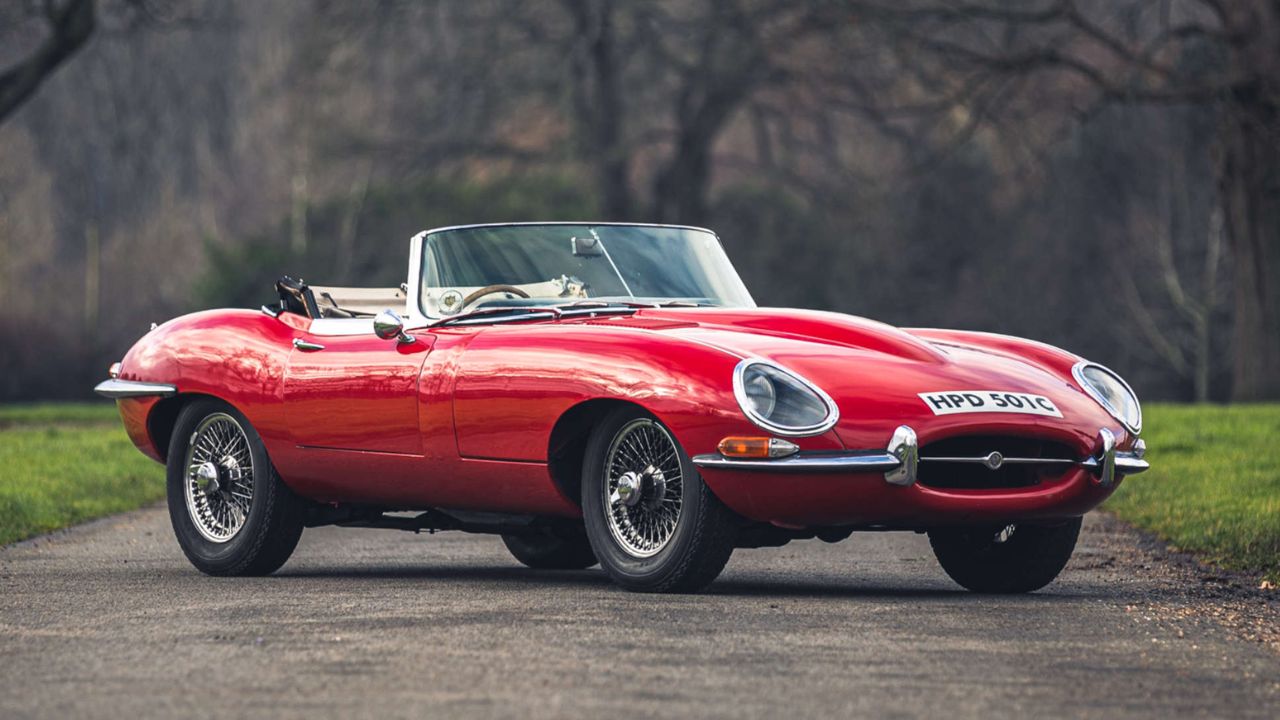
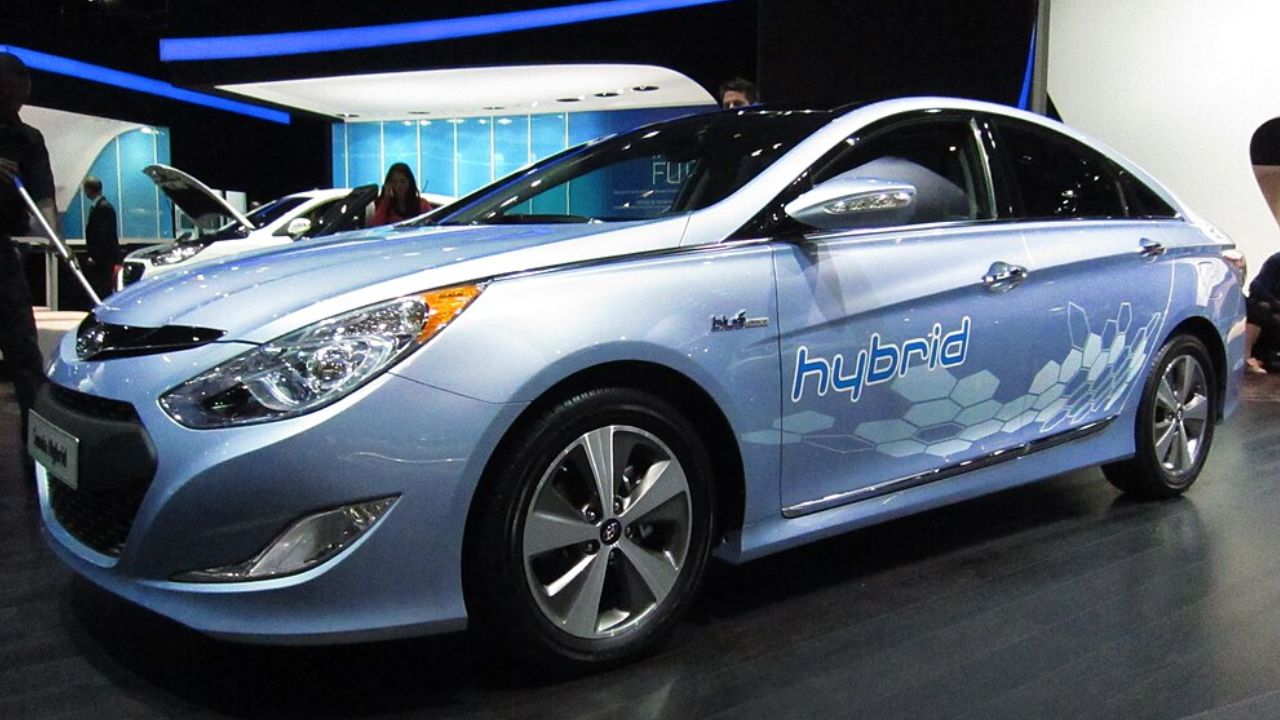
Leave a Reply